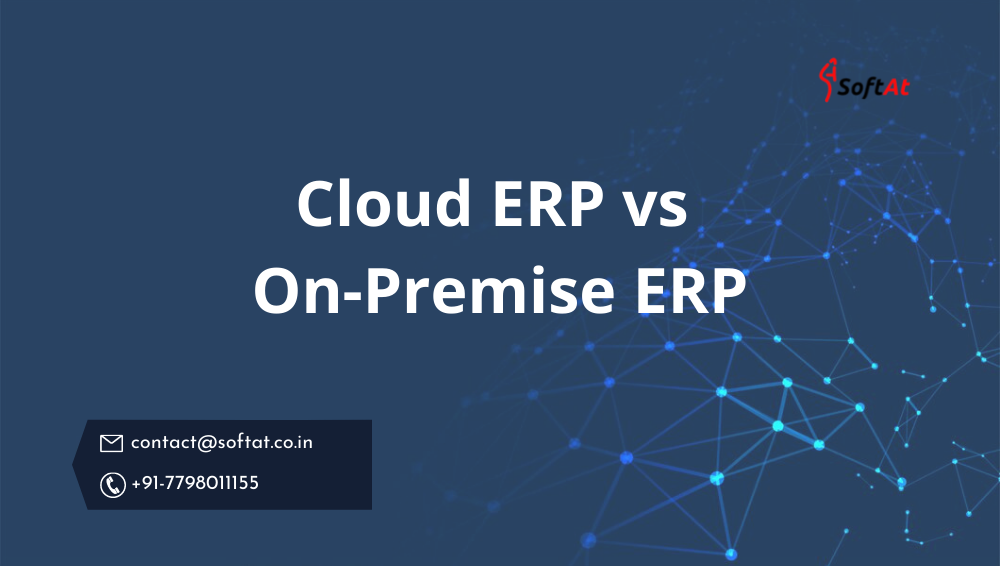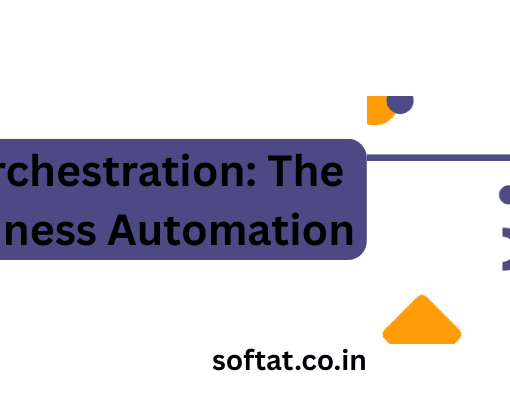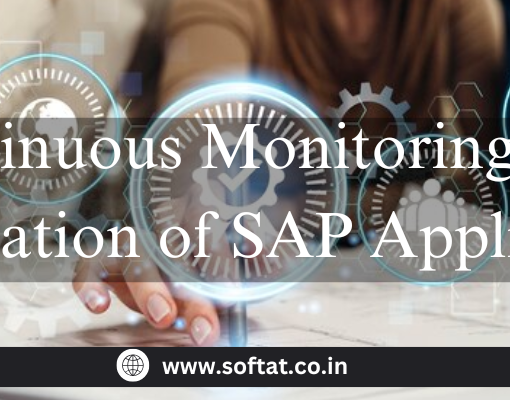The fundamental distinction of Cloud ERP vs On-Premise ERP is obvious: On-premise ERP solutions are installed and controlled locally on your company’s hardware and servers, whereas Cloud ERP, also known as SaaS (Software-as-a-Service) is delivered as a service. The ERP provider manages a company’s ERP software and associated data centrally (on the internet “cloud”), and customers access it via a web browser.
If you’re looking for an ERP system for your company, you’re probably overwhelmed with options. One of the most crucial considerations you’ll have to make as you explore your alternatives is whether to go with a cloud-based ERP solution or one that’s installed locally. What may not be so clear is that the hype of the ERP deployment model you choose can have a significant impact on your business.
Let’s take a look at some key differentiation of Cloud ERP vs On-Premise ERP.
Ownership Costs
On-premise ERP solutions typically necessitate significant upfront and continuing expenses to purchase and administer the software, as well as the associated gear, servers, and facilities. If your firm lacks a large or experienced IT workforce, you may need to invest more time and money in hiring and training new employees. Even more crucially, on-premise solutions necessitate that your IT team devote a substantial amount of time and resources to ensure that your system is available when you need it, including hardware maintenance, server room upkeep, and so on. When it’s time to upgrade your ERP system, IT must redeploy it across all users’ PCs and re-implement all of the customizations and integrations that your company installed on your previous software.
For cloud-based ERP, initial costs are often lower because you simply customize the program to your needs and then access it via your computer’s internet connection. The cloud ERP provider hosts and maintains all your IT infrastructure, ensuring that the system is always up and running, that your data is secure, and that product enhancements are seamlessly rolled out to your solution without breaking any of your previously established customizations. Finally, instead of spending a disproportionate amount of time maintaining and administering your on-premise systems, your IT professionals can focus on innovating and helping the business expand more successfully. CloudERP also has a predictable, pay-as-you-go subscription model, which can help with cash flow management and planning.
System Upgrades and Enhancements
Customizations to on-site ERP software are possible, but they are bound to your present software deployment and are difficult to re-implement with future versions. Your previously implemented modifications will be wiped out when you upgrade, and your IT staff will have to start customizing from the beginning again as your ERP provider delivers new product upgrades and enhancements. That is the primary reason why many businesses choose to forgo upgrading their on-site ERP software and instead rely on out-of-date technology to operate their operations. In reality, two-thirds of mid-sized companies are still using antiquated ERP software.
Cloud ERP systems, such as NetSuite, on the other hand, are constantly upgraded by the provider, ensuring that you’re always using the most up-to-date version of your ERP software. Because today’s leading cloud apps are built on a cloud platform, your previously created modifications and integrations will seamlessly carry over when the solution is updated, saving you money.
Improved System Performance and Accessibility
On-premise ERP solutions are frequently outperformed by cloud ERP. Cloud software architecture is built from the ground up for optimal network performance, which means that it can provide higher application availability than traditional on-premise ERP systems. Cloud-based ERP also provides optimal performance that adapts to your specific requirements. If your firm grows quickly, cloud ERP automatically adjusts and dynamically allocates more resources to meet the demand. A local IT department is unlikely to be able to achieve these results, and may not even be able to regularly report their system uptime results to management.
It’s also important to note that a cloud-based ERP solution provides real-time data that can be accessed via the Internet anywhere at any time. That means that staff at your company can see accurate information on laptops, smartphones, and tablet devices while they travel or telecommute—all without extra setup fees or ongoing costs.
Deployment Speed
Every ERP implementation takes time and requires proper preparation, but cloud ERP has distinct advantages when it comes to deployment speed. Your company won’t have to waste time acquiring and deploying IT infrastructure because cloud E RP doesn’t require any new hardware. You can easily scale-out cloud ERP across numerous locations, subsidiaries, and divisions without incurring the costs associated with traditional ERP rollouts. These differences can add up to a major time saver if you choose a cloud-based ERP system: In comparison to the 12 months it takes to establish an on-premise solution, cloud ERP deployments typically take 3-6 months.
Conclusion:
Choosing between cloud ERP and on-premise ERP depends on your business’s specific needs, budget, and IT infrastructure. Cloud ERP offers scalability, cost-effectiveness, accessibility, and rapid deployment, making it an attractive option for many organizations. On the other hand, on-premise ERP provides control, customization, data security, and compatibility with legacy systems. It’s essential to evaluate your business requirements, long-term goals, and IT capabilities to determine which deployment option aligns best with your organization’s needs. Consider consulting with ERP experts and conducting a thorough analysis to make an informed decision that will drive your business’s efficiency and growth.





